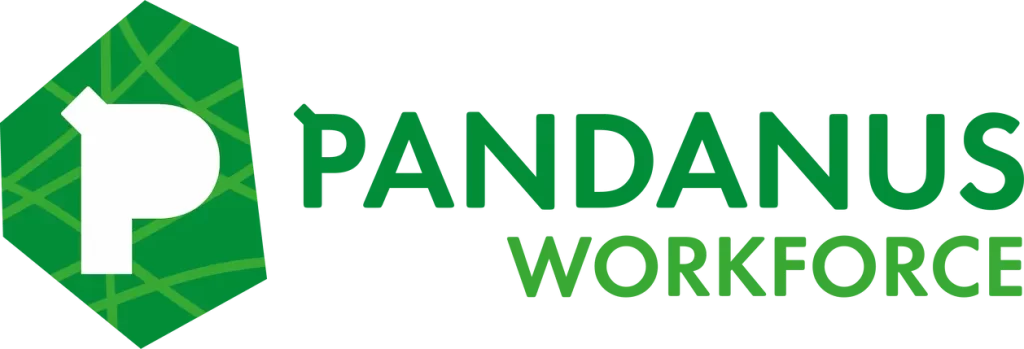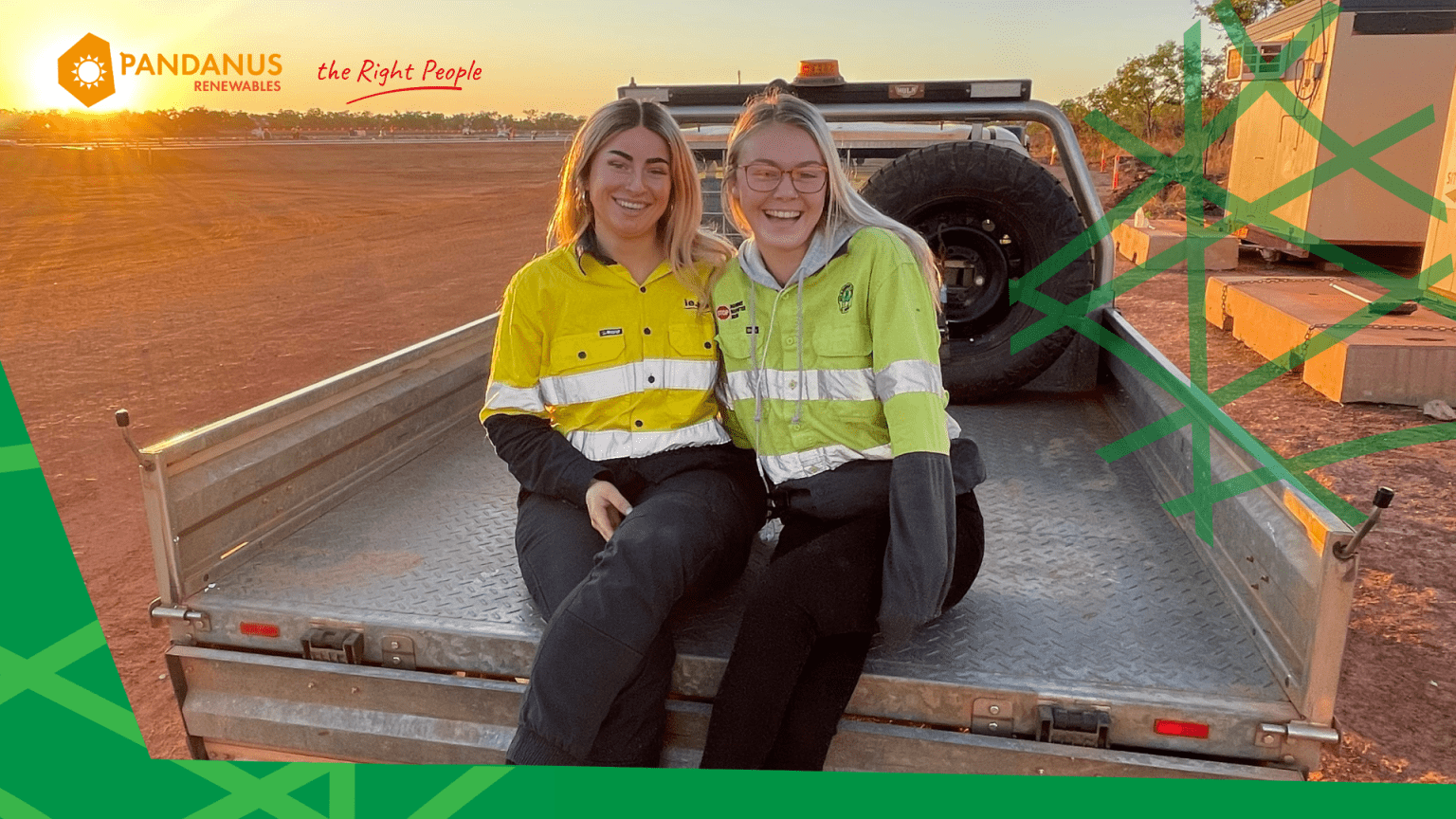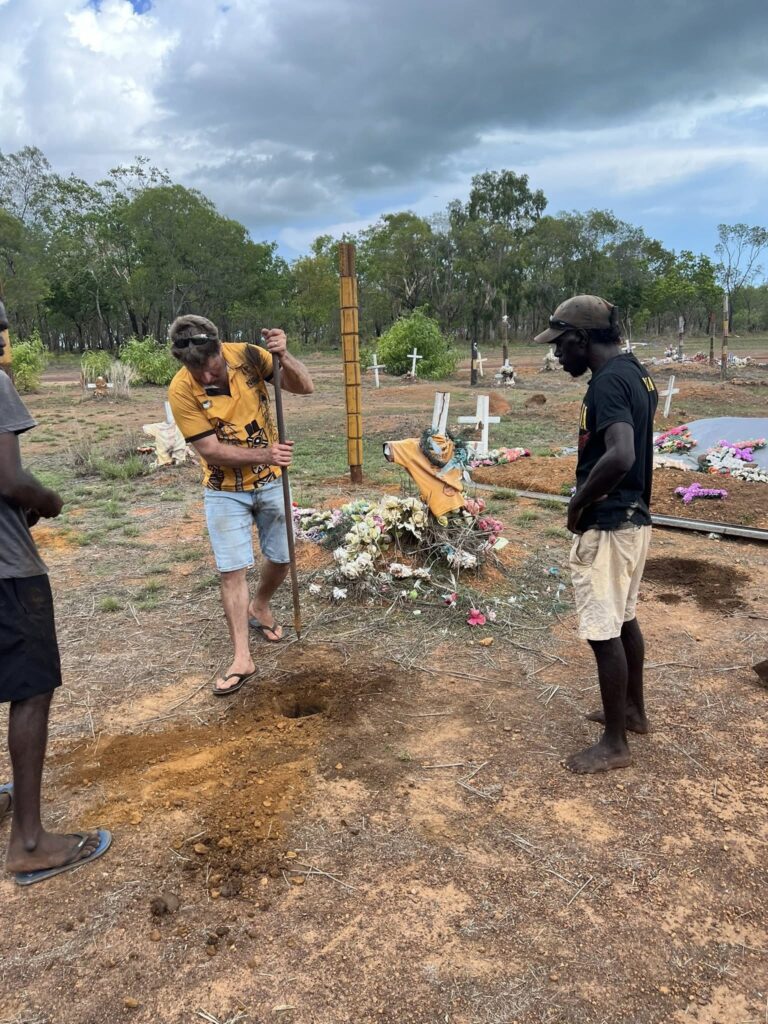The renewable energy sector is one of the fastest-growing industries worldwide, driven by the urgent need for sustainable solutions to combat climate change. As Australia transitions to cleaner energy sources, the demand for a skilled and adaptable workforce is greater than ever. However, to build a truly resilient and innovative workforce, diversity and inclusion (D&I) must be at the core of recruitment and retention strategies.
A diverse workforce—one that includes people from different genders, cultural backgrounds, abilities, and experiences—can enhance creativity, drive innovation, and improve problem-solving. Yet, the renewable energy sector still faces significant challenges in achieving true inclusivity. This blog explores the benefits of diversity in the industry, the challenges that persist, and strategies to foster a more inclusive workforce.
The Benefits of Diversity in Renewable Energy
1. Greater Innovation and Problem-Solving
Diverse teams bring different perspectives, leading to more innovative solutions. Research shows that companies with diverse leadership are 33% more likely to outperform their competitors in profitability and efficiency. In renewable energy, where new technologies and approaches are constantly evolving, a variety of viewpoints can accelerate innovation.
🔹 A diverse engineering team working on solar panel efficiency may include individuals with expertise in physics, software engineering, and sustainability studies from different cultural backgrounds. Their combined knowledge leads to more well-rounded and effective solutions.
2. Bridging the Skills Gap
As Australia’s renewable energy sector expands, a shortage of skilled workers remains a major challenge. Encouraging diversity—especially among underrepresented groups such as women, migrants, and people with disabilities—can help address this skills gap by widening the talent pool.
🔹 Women currently make up less than 30% of the global renewable energy workforce, and in technical roles, the number drops even further. Encouraging more women into STEM careers and leadership roles in renewables could significantly boost workforce capacity.
3. Strengthening Workforce Resilience
A resilient workforce is one that can adapt to industry changes and challenges. Diversity enhances resilience by fostering a culture of adaptability and openness to new ideas. In a sector where policy shifts, technological advancements, and environmental changes are constant, resilience is crucial for long-term success.
🔹 A 2022 study by the Clean Energy Council found that companies with diverse leadership teams adapted more effectively to policy changes, such as the Australian government’s commitment to 82% renewable energy by 2030.
4. Enhancing Corporate Reputation and Social Responsibility
Companies that prioritize D&I are more attractive to investors, employees, and customers. Renewable energy companies that actively foster diversity can strengthen their brand image, improve employee satisfaction, and enhance community engagement.
🔹 Many corporate investors now consider Environmental, Social, and Governance (ESG) factors when making decisions. A company with strong diversity initiatives can stand out as a socially responsible organization.
Challenges in Achieving Diversity and Inclusion
Despite the clear benefits, the renewable energy sector still faces obstacles in building a truly inclusive workforce.
1. Gender Disparity in Technical Roles
Renewable energy is still male-dominated, particularly in engineering, project management, and field operations. Stereotypes about gender roles and a lack of female mentors in STEM careers contribute to the low participation of women.
🔹 Women represent only 15% of Australia’s engineering workforce, which impacts their representation in key renewable energy roles.
2. Unconscious Bias in Hiring and Promotion
Unconscious bias in recruitment and workplace culture can limit opportunities for underrepresented groups. Hiring managers may unintentionally favour candidates who fit the “traditional” profile, leading to homogeneity in the workforce.
🔹 Studies have found that candidates with non-Anglo names receive 25% fewer call-backs than those with Anglo-Saxon-sounding names, highlighting bias in hiring practices.
3. Barriers for Migrants and First Nations Peoples
Skilled migrants often struggle to have their qualifications recognized in Australia, while First Nations Australians face systemic barriers to entering technical industries. Addressing these barriers through tailored training programs and inclusive policies is critical.
🔹 A 2023 survey by Energy Skills Australia found that 60% of migrant engineers face difficulties in securing jobs that match their qualifications, despite the industry’s urgent need for skilled workers.
4. Lack of Inclusive Workplace Cultures
Even when diverse candidates are hired, they may face workplace cultures that are not fully inclusive. A lack of representation in leadership, limited career progression opportunities, and workplace discrimination can lead to higher turnover among minority groups.
🔹 Employees who experience discrimination or exclusion at work are three times more likely to leave their job within a year.
Strategies to Foster a More Inclusive Renewable Energy Workforce
1. Implementing Bias-Free Recruitment Practices
🔹 Use blind recruitment processes that remove names, gender, and other identifying details from resumes.
🔹 Set diversity targets and ensure hiring panels include a mix of backgrounds and perspectives.
2. Creating Career Pathways for Underrepresented Groups
🔹 Partner with universities, TAFEs, and community organizations to create scholarships and mentorship programs for women and minority groups.
🔹 Offer paid internships and apprenticeships tailored for diverse candidates.
3. Providing Cultural Awareness and Inclusion Training
🔹 Train leaders and employees on unconscious bias, cultural competence, and inclusive leadership.
🔹 Encourage open discussions on workplace inclusion and regularly assess employee experiences.
4. Supporting Work-Life Balance and Flexible Work Arrangements
🔹 Offer flexible work schedules, parental leave policies, and remote work options to support a diverse workforce.
🔹 Promote work-life balance to attract and retain employees from different life stages and backgrounds.
5. Showcasing Diverse Role Models and Leadership Representation
🔹 Highlight success stories of diverse employees within the company.
🔹 Ensure leadership teams reflect the diversity of the workforce.
Conclusion
The transition to renewable energy is not just about technological advancements—it’s also about people. A truly resilient renewable energy sector must reflect the diverse communities it serves. By embracing inclusivity, the industry can unlock innovation, bridge skill gaps, and create a stronger, more adaptable workforce.
While challenges remain, proactive strategies such as bias-free recruitment, targeted education programs, and inclusive workplace policies can drive meaningful change. The future of renewable energy is diverse, and companies that commit to D&I will be best positioned for long-term success.
Call to Action
To accelerate progress, companies, policymakers, and industry leaders must work together to remove barriers, foster inclusive cultures, and ensure that renewable energy careers are accessible to all. The time for change is now—let’s build a workforce that powers a sustainable and equitable future.






